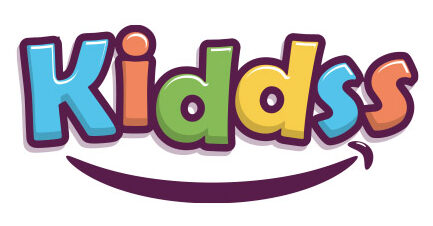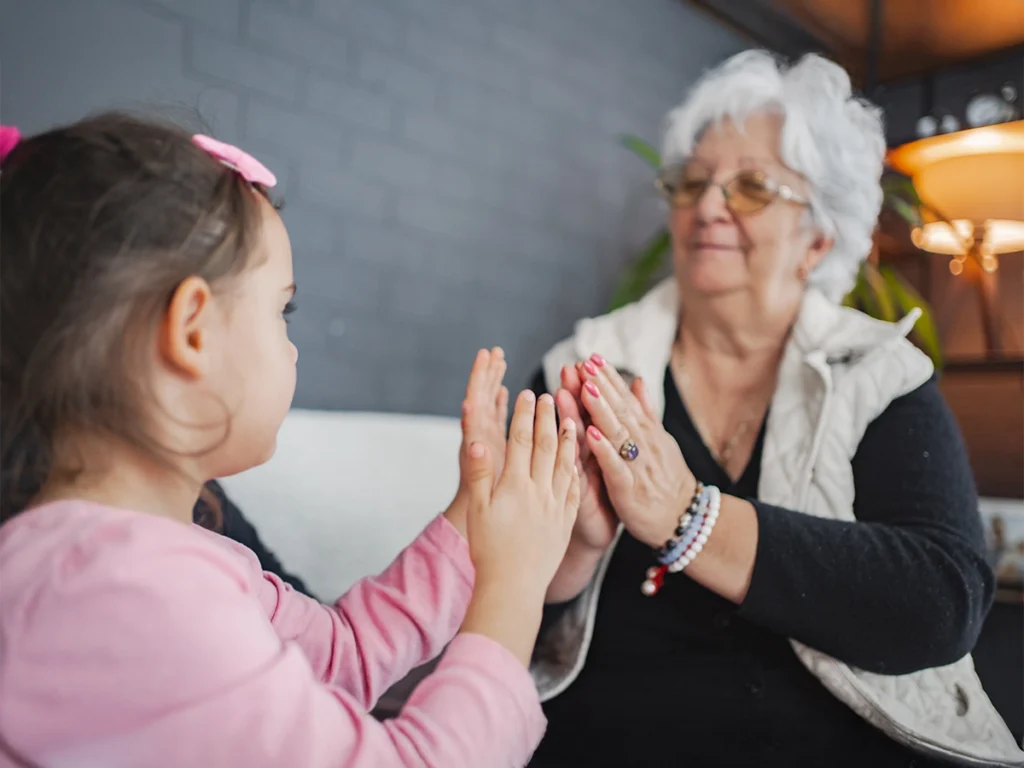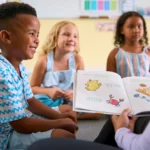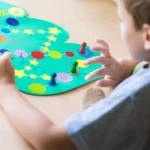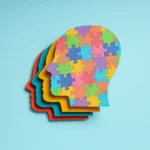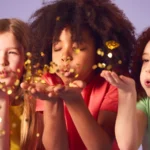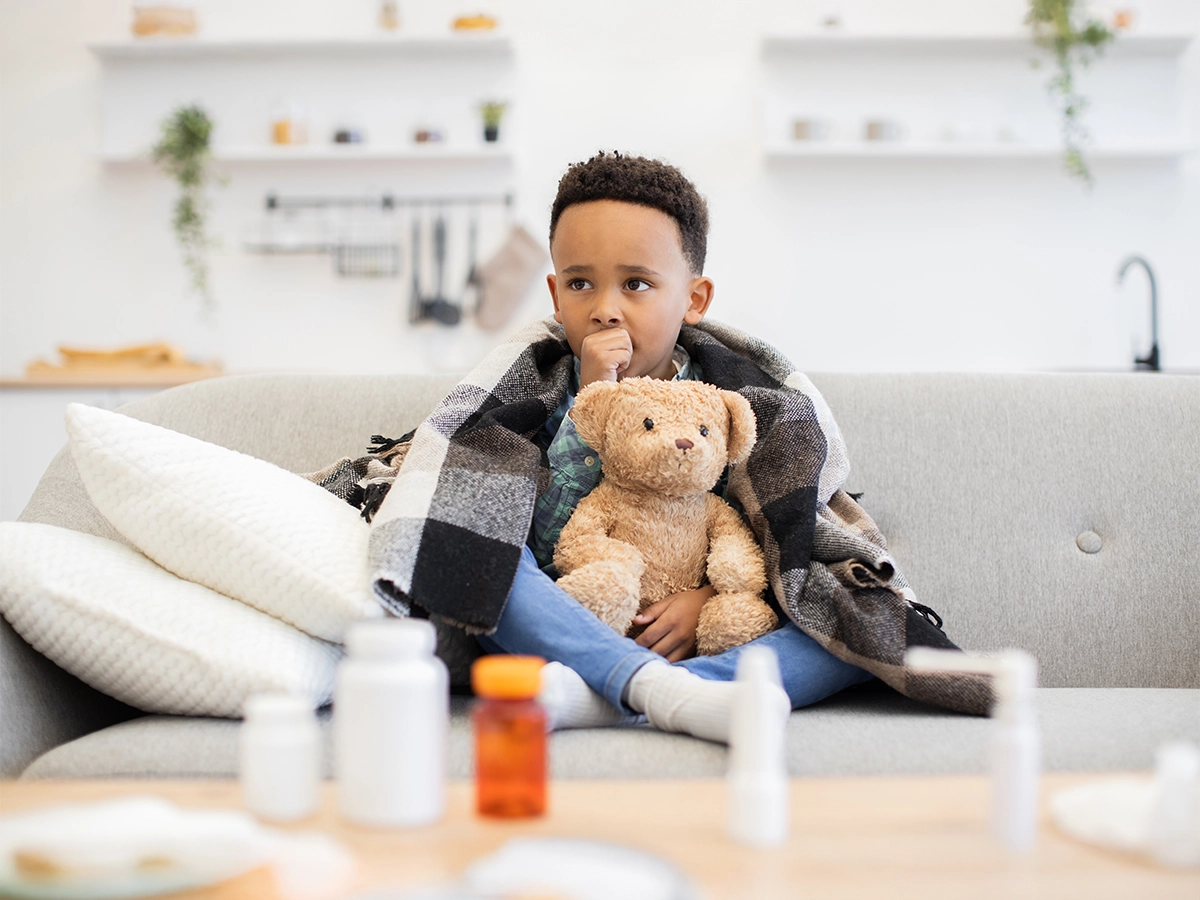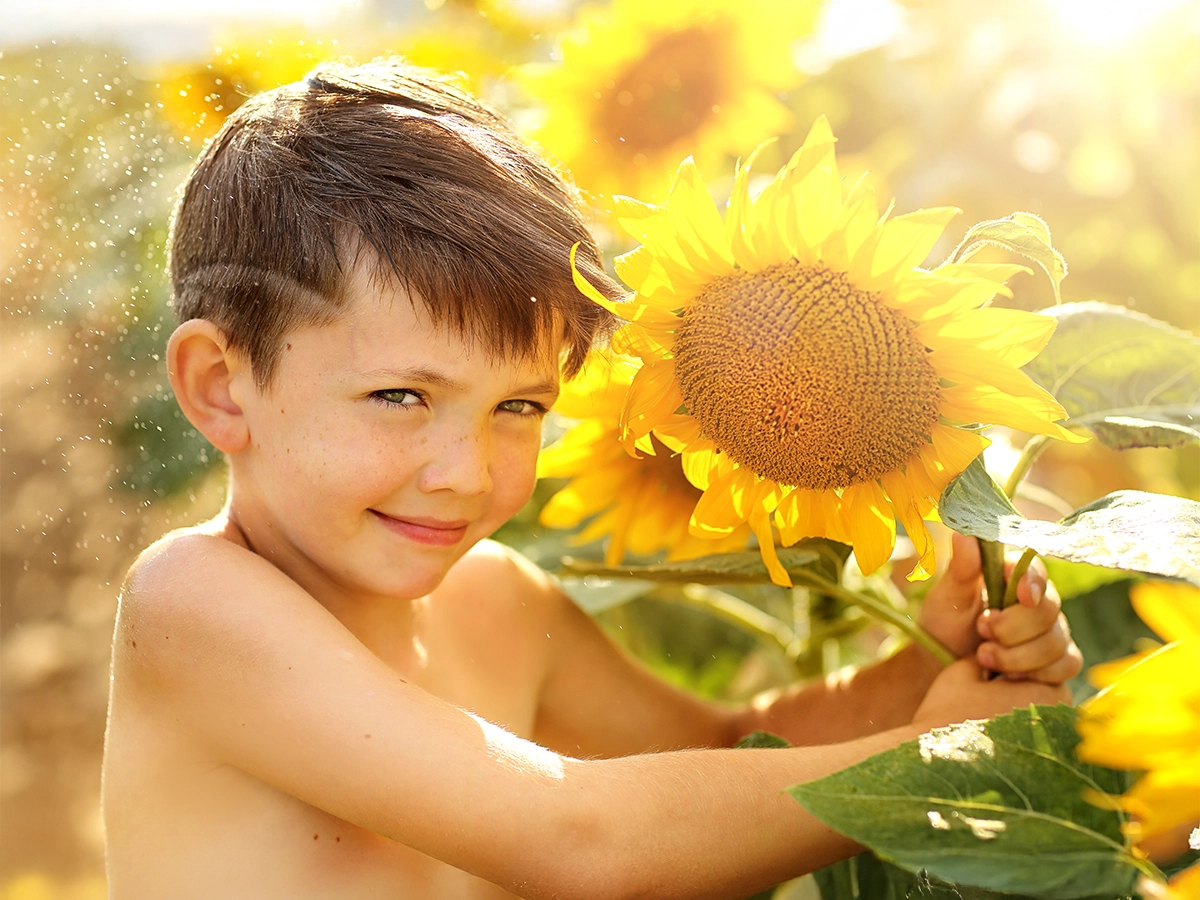Playful movement—like dancing, jumping, twirling, and wiggling—is more than a joyful activity. It supports children in developing motor coordination, cognitive skills, social-emotional resilience, and confidence. Let’s explore how movement-based play lays the foundation for a healthy, creative childhood.
1. Movement Enhances Brain Function and Memory
When children move, they activate multiple brain regions simultaneously, enhancing memory, attention, and processing speed. Studies show even brief movement breaks can boost learning by up to 90%, especially when paired with language . Movement fuels oxygen and glucose delivery to the brain, supporting clearer thinking .
2. Dance Builds Physical Coordination and Core Strength
Dance and rhythm games engage both gross and fine motor systems. Stomping, spinning, clapping, and balancing boost coordination, muscle tone, and body awareness . Creative movement even enhances physical literacy—children learn to navigate space confidently .
3. Cognitive Development Through Movement-Based Learning
Movement play isn’t just physical: it reinforces essential cognitive abilities like pattern recognition, sequencing, spatial awareness, and problem‑solving. Dance-based learning programs foster attention, memory retention, and spatial reasoning nifplay.org.
4. Emotional Regulation and Self-Expression
Active play helps release built-up energy and stress, making it easier for children to calm down and focus . Movement-based activities also give children chances to express feelings without words, enhancing self-awareness and confidence.
5. Social and Language Benefits in Group Dance Activities
Group songs and dances enhance social interaction: children mimic peers, synchronize movements, and learn turn-taking. This boosts language development, cooperation, and empathy. Dance fosters cultural awareness through diverse movement traditions .
6. Establishing Healthy Habits Early
The CDC recommends children engage in at least 60 minutes of moderate-to-vigorous activity daily cdc.gov. Fun dance sessions make movement engaging and sustainable—building lifelong habits of activity.
7. Creative Movement Ideas You Can Try Anytime
Activities like:
- Freeze dance when music stops
- Spin and clap patterns
- Hop-turn-slide sequences
- Animal-inspired moves: jump like frogs, fly like birds
These simple games encourage creativity, coordination, and joy in movement.
8. Caution & Safety Tips for Movement Play
- Always provide clear space and a soft surface to prevent slips or falls
- Monitor children to avoid overstimulation or dizziness
- Adapt intensity to each child’s ability and build in rest periods
- Ensure hydration and proper footwear during extended play
✅ Conclusion
Dance and movement play provide a comprehensive foundation for children: strengthening physical fitness, developing brain skills, and nurturing emotional well-being. Through joyful motion—jumping, twirling, swaying—kids build skills that last a lifetime.
⚠️ Always supervise active play and tailor intensity to individual comfort. Ensure a safe space and hydration.
Want to share feedback or submit a guest post?
Email us at info@kiddss.com
